Retro Replay Review
Gameplay
ProFlight delivers one of the most detailed flight simulations of its era by placing you firmly in the pilot’s seat of the Panavia Tornado F Mk3. From your very first takeoff, the game challenges you to master realistic control surface responses—aileron, rudder, and elevator inputs all behave according to real aerodynamic principles at any angle of pitch or roll. The 134-page manual serves as both a tutorial and a reference, walking you through cockpit layout, flight theory, and advanced maneuvers so you can progress from basic flight handling to high-speed intercept runs.
(HEY YOU!! We hope you enjoy! We try not to run ads. So basically, this is a very expensive hobby running this site. Please consider joining us for updates, forums, and more. Network w/ us to make some cash or friends while retro gaming, and you can win some free retro games for posting. Okay, carry on 👍)
The simulation’s fidelity shines in combat scenarios. You’ll manage radar-guided and heat-seeking missiles, engaging adversaries at simulated distances that respect real-world physics and targeting parameters. Waypoint navigation guides you across a 200-nautical-mile terrain grid, and the full heads-up display (HUD) provides essential flight data—altitude, speed, heading, weapon status—without breaking immersion. Gravity effects, wheel braking on landing, and fuel management all factor into how you approach each mission.
Precision is the name of the game: your speed is reported down to 0.0006 knots, your position to 0.00001 feet, and your attitude to 0.01 degrees. This attention to detail may intimidate new sim enthusiasts, but the payoff is a genuine sense of accomplishment once you master each instrument. Whether you’re practicing low-level penetration runs or mastering air-to-air engagements at Mach 2+, ProFlight’s gameplay depth ensures there’s always a new technique to refine.
Graphics
While ProFlight’s graphics may not rival modern 3D engines, they deliver a clear and purposeful presentation tailored to serious flight simulation. The cockpit is rendered with crisp instrument panels and legible text, ensuring you can read altimeter and radar readouts without squinting. The 2D landscape beyond the cockpit may appear sparse by today’s standards, but it effectively conveys terrain contours, mission waypoints, and target areas across the extensive flight zone.
The heads-up display overlays key information directly onto your view of the sky, blending functional design with a convincing futuristic aesthetic. Radar contacts appear as icons within a rotating scope, and missile lock-on indicators flash with the same urgency you’d expect in a real Tornado cockpit. Even weather effects—albeit basic—affect visibility at higher altitudes, reminding you that real-world flying is rarely without its challenges.
Textures on the Tornado model itself are surprisingly detailed, showing panel lines and insignia that reflect the aircraft’s real-world service. Ground features are stylized but recognizable, providing sufficient visual cues for navigation and low-level flight training. Overall, ProFlight’s graphics strike a balance between performance and clarity, ensuring the simulation remains smooth even on modest hardware.
Story
ProFlight doesn’t follow a traditional narrative campaign, but it enriches the simulation experience with a deep historical backdrop. The manual’s opening chapters chart the Tornado F Mk3’s development, its role in NATO air defense, and the technological innovations that set it apart from contemporaries. This historical context gives your virtual sorties a sense of purpose, transforming every training flight into part of a larger legacy.
Each mission scenario is framed as a training exercise or live engagement, complete with briefing notes that explain enemy force composition, mission objectives, and strategic considerations. You’ll learn not only how to fly and fight in the Tornado, but why certain tactics—such as terrain masking or radar evasion—became essential during Cold War-era operations. This semi-documentary approach to storytelling helps you appreciate the aircraft’s capabilities beyond mere flight envelopes.
Though there are no character-driven cutscenes or branching dialogues, the simulation’s authenticity carries a narrative weight of its own. You are the pilot on the front lines, tasked with defending allied airspace and completing high-stakes reconnaissance missions. By the time you finish the manual’s recommended exercises, you’ll feel a direct connection to the real-world aviators who flew the Tornado under demanding conditions.
Overall Experience
ProFlight offers a rigorous simulation experience aimed squarely at enthusiasts who demand authenticity over arcade-style simplicity. The steep learning curve may frustrate newcomers, but the comprehensive manual and gradual mission progression provide a clear path from novice pilot to capable Tornado operator. Few flight sims of its generation matched its commitment to accurate aerodynamics, precise instrumentation, and realistic combat modeling.
For prospective buyers, it’s essential to recognize that ProFlight excels as a training tool as much as an entertainment product. The game rewards patience, study, and repeated practice; casual fliers may find its demands overwhelming. Yet for those willing to dive into the 134-page manual and master each control input, ProFlight delivers a uniquely immersive look at high-performance military aviation.
In sum, ProFlight stands as a milestone in simulation design. Its blend of technical detail, functional graphics, and historically grounded mission content creates an experience that remains compelling decades after its release. If you’ve ever dreamed of piloting a Panavia Tornado F Mk3 at breakneck speeds and engaging in authentic aerial combat, ProFlight is a title you won’t want to miss.
 Retro Replay Retro Replay gaming reviews, news, emulation, geek stuff and more!
Retro Replay Retro Replay gaming reviews, news, emulation, geek stuff and more!
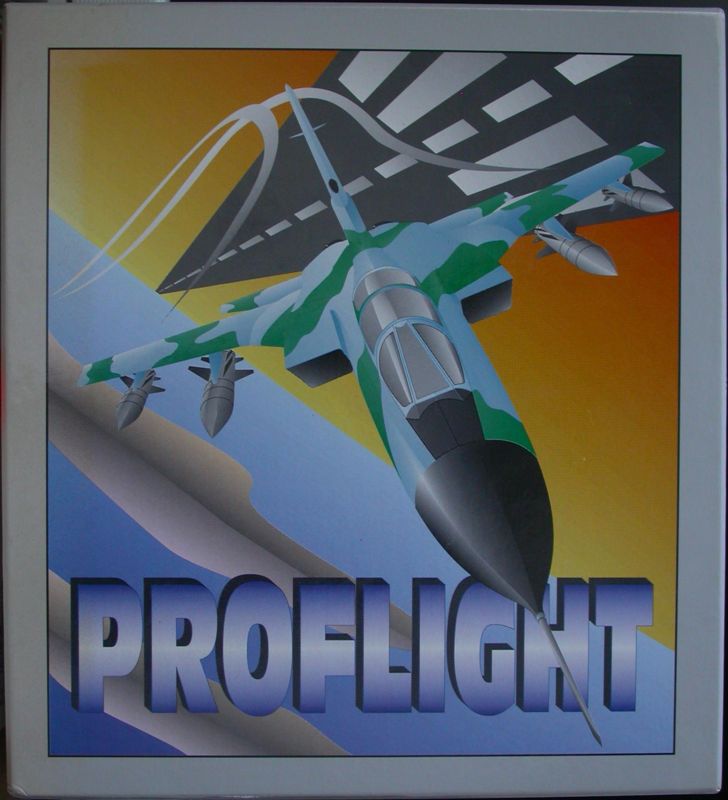
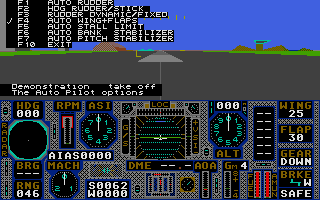

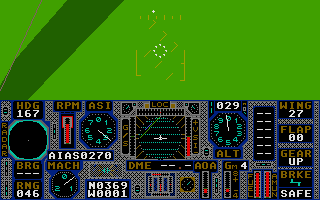
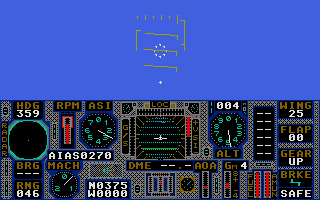
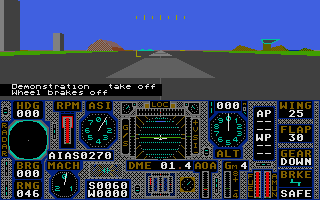



Reviews
There are no reviews yet.